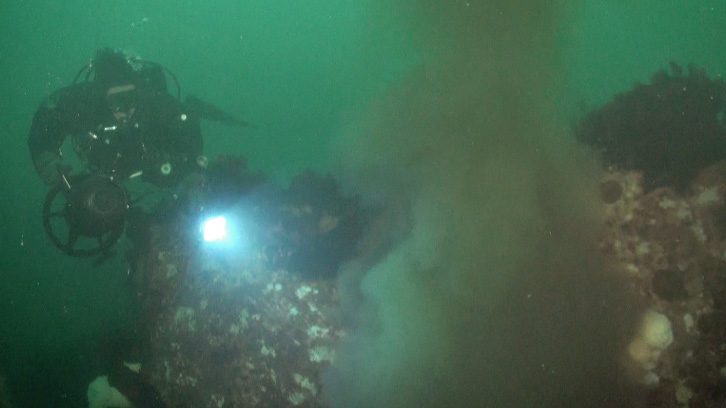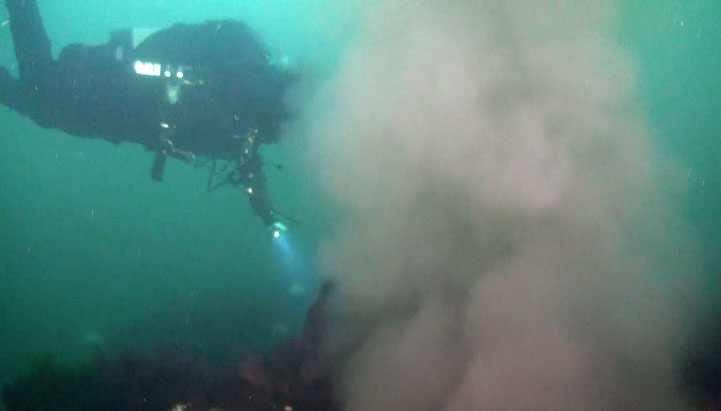When we think of pollution we often think of some monolithic corporation driven mad by its pursuit of profit – belching smoke and slime into our air and water – robbing the community of a healthful environment.
When we hear that Puget Sound is sick with pollution, how many of us think of our homes, our lawns and our roads?
Today, our communities are the number one source of toxins entering Puget Sound.
Heavy metals from our tires and brakes; fertilizers and pesticides from our lawns; soap from the charity car wash… these are the things silently flowing down our storm drains and into Puget Sound. This toxic mix is strangling Puget Sound.
You can help staunch this flow of toxins. You can help save Puget Sound.
The Washington State Department of Ecology is now accepting public comments on its standards for “Low Impact Development” and its stormwater pollution permits. If we help convince the state to adopt stronger standards, then we can abate the massive transfer of toxins from our communities into Puget Sound.
Low Impact Development (aka LID or Green Stormwater Infrastructure) is a method of development that enhances the ability of the earth to absorb polluted runoff from our streets, sidewalks and lawns. It involves using things like rain gardens, vegetated rooftops, permeable pavement and trees to absorb the flow of rainwater.
Communities that act like sponges for rainwater slow the flow of toxins. Once in the earth, soil bacteria and fungi can help degrade many of the toxins that are now flowing directly into our water and into our food chain.
Please ask the Department of Ecology to adopt strong standards to protect our region’s greatest resource – Puget Sound.
You can sign an online petition developed by People for Puget Sound.
You can also participate in the Department of Ecology’s public comment period. Learn more at http://www.ecy.wa.gov/programs/wq/stormwater/municipal/2012Reissuance.html
Cate White



